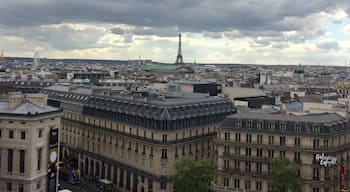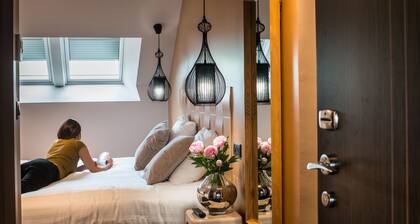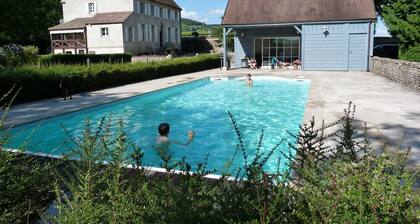Chalon-sur-Saône has served as a Roman garrison and a border town between France and the Holy Roman Empire. Its varied history is reflected in its diverse architecture and unique cultural traditions. Visit as much for its beautiful but stark cathedral, stripped of treasures by the Huguenots, as for the countless religious buildings erected in the aftermath.
The town is known as a city for walkers. Get a sense of the layout of the city center on the Chemin de l’Orbandale, which leads visitors to more than 30 architectural and historic points of interest throughout Old Town. Traipse along streets lined with half-timbered houses. Rest with a coffee and buttery pastry on the Quai des Messageries, the town’s most beloved destination for having a picnic or reading a book. Take the bridge to Saint-Laurent Island, where a 16th-century hospital contains a splendid neoclassical 19th-century chapel with an assortment of regional terracotta vases.
The Musée Maison Nicéphore Niépce explores the history of the photograph from heliography to spy cameras. Get a little less modern at the Musée Denon, with an impressive collection of Renaissance and 18th-century European paintings.
At the end of the day browse the stalls of the biweekly market in Place Saint-Vincent and relax at a nearby café with a glass of local wine as the bells of the monumental Chalon Cathedral chime at dusk.
Reach Chalon-sur-Saône with a 1.5-hour drive or train ride from the closest international airport in Lyon. Drive from Paris in 4 hours or take the train from the capital via Lyon in 2.5 hours. A local train connects the town to numerous other destinations throughout the department and region.
When you are ready to leave, strap on your helmet and pedal down a portion of the EuroVelo 6 cycle route, which links Chalon-sur-Saône to Dole, 59 miles (95 kilometers) to the north, linking the Saône with the Canal du Rhône.











